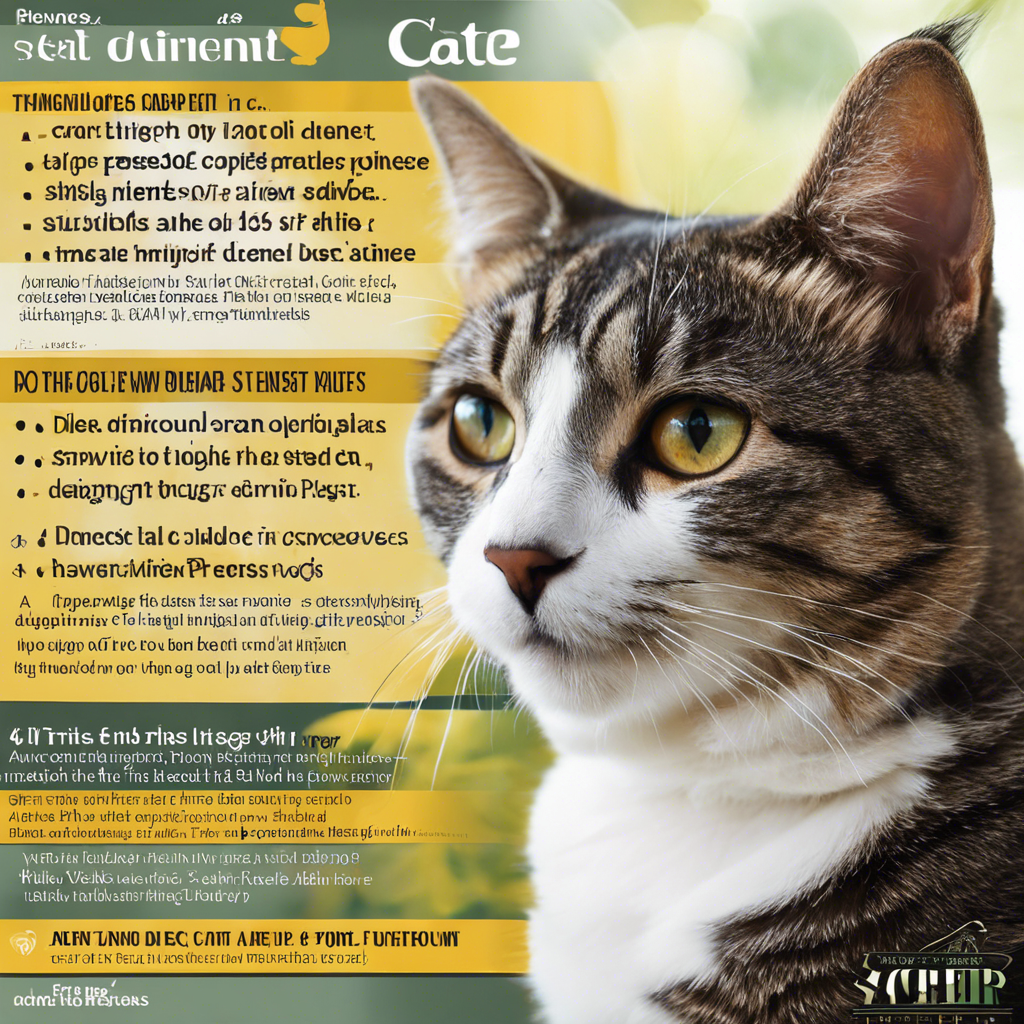Exploring the impact of dietary choices on cat health and well-being.
As dedicated cat owners, we always strive to provide the best care for our feline friends. One crucial aspect of their overall well-being is nutrition. With various diets available, it’s essential to understand how these choices can impact a cat’s health. From raw food to commercial kibble, each option comes with its own set of benefits and potential drawbacks. In this article, we will delve into the effects of different diets on cat health, providing insights and evidence-based information to help you make informed decisions for your furry companion.
Understanding Cat Nutrition Basics
Before we dive into the specific diets, let’s establish a foundation of knowledge about cat nutrition. Cats are obligate carnivores, meaning their bodies are designed to thrive on a meat-based diet. This fundamental aspect has significant implications for their nutritional requirements.
The Importance of Protein
Protein is the cornerstone of a cat’s diet, as it provides essential amino acids that are vital for their growth, muscle development, and overall health. Cats have a higher protein requirement compared to other animals, and their bodies are well-equipped to utilize protein efficiently. A diet rich in animal-based proteins is crucial for maintaining their optimal well-being.
Fats and Carbohydrates
While protein takes center stage, fats and carbohydrates also play a role in a cat’s diet. Healthy fats, such as those found in fish and certain oils, provide essential fatty acids and contribute to a shiny coat and healthy skin. Carbohydrates, though not a primary energy source for cats, can be used for energy production if needed.
Exploring Diet Options
Raw Food Diet
The raw food diet for cats has gained popularity in recent years, and it closely resembles a cat’s natural diet in the wild. It typically consists of raw meat, bones, and organs. Here’s a closer look at its benefits and considerations:
Benefits of Raw Food Diet
-
Enhanced Nutrition: Fresh and raw foods retain more nutrients, providing a more natural and complete nutritional profile.
-
Digestibility: Cats are designed to digest raw meat efficiently, and this diet may lead to improved digestion and nutrient absorption.
-
Dental Health: Chewing on raw bones can help maintain healthy teeth and gums.
To learn more about the pros and cons of raw food diets, explore the Pros and Cons of Raw Food Diets for Cats by PetMD.
Commercial Cat Food Diets
Commercial cat food diets are widely available and come in various forms, including kibble and wet food. These diets are carefully formulated to meet specific nutritional standards. Let’s examine their advantages and potential drawbacks:
Benefits of Commercial Diets
-
Convenience: Commercial cat food is readily available and provides a balanced diet without the need for extensive meal preparation.
-
Nutritional Balance: These diets are formulated by experts to meet cats’ nutritional needs.
-
Variety: Commercial options offer a wide range of flavors and formulas to suit different preferences and health considerations.
For more information on choosing the right commercial cat food, check out the How to Choose the Best Cat Food guide by PetMD.
Potential Drawbacks
While commercial diets offer convenience, some may have lower-quality ingredients and higher carbohydrate content, which can contribute to weight gain and health issues. It’s essential to read the labels and choose reputable brands.
Frequently Asked Questions
What is the ideal diet for my cat’s overall health?
The ideal diet for your cat depends on their individual needs and preferences. While raw food diets mimic their natural eating habits, commercial diets offer convenience and balanced nutrition. Consulting with a veterinarian can help you make an informed decision based on your cat’s age, health status, and specific requirements.
Can I switch my cat’s diet suddenly?
Sudden diet changes can lead to digestive upset in cats. It’s recommended to transition gradually, mixing small amounts of the new diet with the old and increasing the proportion over a week or two. This allows your cat’s digestive system to adjust and minimizes the risk of gastrointestinal issues.
Are there any long-term health risks associated with specific diets?
Long-term health risks can arise from unbalanced diets, such as those that are too high in carbohydrates or lack essential nutrients. Raw food diets, if not properly handled, may carry a risk of bacterial contamination. It’s crucial to ensure that your cat’s diet meets their nutritional requirements to avoid potential health issues.
Conclusion
In the journey of ensuring optimal cat health, nutrition plays a pivotal role. Understanding the impact of different diets is essential for cat owners. Whether it’s the raw food approach, which closely aligns with a cat’s natural diet, or commercial options that offer convenience and balanced nutrition, each choice has its merits. By staying informed and consulting with veterinary professionals, cat owners can make educated decisions to support their feline companions’ health and well-being.
**Recommended External Links:**
1. PetMD: Pros and Cons of Raw Food Diets for Cats
2. PetMD: How to Choose the Best Cat Food
3. Pet Food Industry: The benefits of a raw food diet for pets
